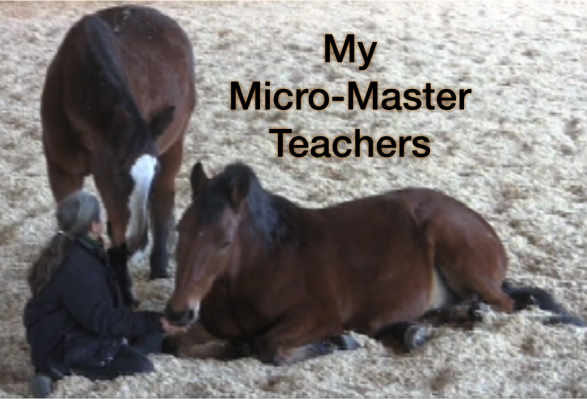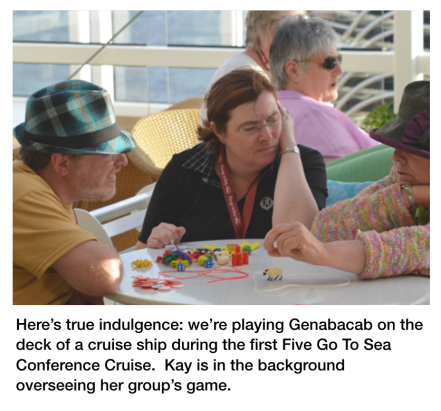To Love A Horse
This is the final installment of the JOY Full Horses posts. I know we are in the midst of the Holiday season, and it is hard to find time to read things on the computer, but I hope you will find time to read this final post.
It contains a request on behalf of Panda, Ann Edie’s guide horse. This past May Panda became very ill. Her health issues have been on-going and the vet bills have mounted up. The details are in the post. If you would like to send a thank you for the JOY FULL Horses posts, you can do so by contributing to Panda’s fund. The money raised will go towards paying her vet bills. To contribute go to:
https://www.youcaring.com/annedieandherguidehorsepanda-718398
If you go to Panda’s youcaring.com page, you can also read a letter from Ann describing the work Panda does for her and the relationship they have.
And now for this final chapter of the JOYFULL Horses posts:
I have thought about this final chapter so many times, but I have never yet put the words down on the page. Now that I have come to the end of these JOY FULL Horses posts it is time to say this. On September 10, 2015, as he was coming up the hill into the barn, Peregrine had a heart attack and died . My very good friend, Bob Viviano, found him when he checked on the horses mid-day.
I was out of the country. I had left the day before. Where I was staying during the first part of my trip didn’t have an internet connection so it was two days before I could be reached. By then it was too late to get home to see him buried. All I could do was continue on.
They put him next to Magnat, our senior horse. I planted 500 daffodils for him, and in the spring, while I was publishing the first section of this book, I watched them bloom into new life.
Much of my life is very public. My horses have been my teachers so it is often their stores I share. When I write about clicker training, I am writing about them, but this time I chose not to share. I wanted private time to remember Peregrine. When you have had the privilege of loving someone for thirty years, they are your heart.
When I lost Peregrine’s mother I promised her I would write her a love story. That love story was clicker training. She began it. Peregrine continued it. All that I have written, all that I have shared through all these years has been my love story to them. Clicker training means many things to many people, but that is what it means to me. Woven into every lesson are gifts of love from my horses.
Remember that as you are using it. For those of you who have taken my work and given it your own twist, your own names, by all means build on this work, but treat it well. What you are building on came from them, it came from a very great love.
I began writing JOY FULL Horses when Robin was in hospital, recovering from colic surgery. I finished it during Sindri’s long illness. I wrote about that when I began sharing these JOY FULL Horses posts back in January. It was a book my horses gave to me. I wasn’t sure what I wanted to do with it. And then I lost Peregrine, and I knew. This is his gift. That’s why it was important to share his book with all of you through these bog posts. With each post I have been remembering him, honoring him. He was the first of our clicker trained horses. For thirty years he was my teacher. I have been pleased to share his lessons by giving you these JOY FULL Horses posts.
It is a gift, but as I said at the start of this post, I do now have something to ask of you. This has been another very hard year. In May Panda, Ann Edie’s guide horse, became ill. She had an intestinal blockage. Without the surgery she received, she would have died. Her recovery has been a long, hard one. She was in hospital for three weeks following her surgery, and then at the end of June she developed pneumonia and had to be readmitted to the hospital. She was on IV antibiotics for a week before she was finally well enough to go home. She remained on antibiotics through the rest of the summer.
In September she developed severe diarrhea and had to be hospitalized again. She spent another six weeks in hospital. She is home now and doing okay. She’s well enough to go for walks around the neighborhood with Ann, but she can’t yet resume her full role as her guide horse.
I’m sure you can imagine how fast the vet bills have added up. The vets have generously given Ann a service animal discount, but even so Panda’s bills have risen towards a staggering $30,000. The amount is unthinkable, but even more unthinkable would have been giving up and losing Panda. To help out I have just started a youcaring.com fund raising campaign. If you would like to send a thank you for the JOY FULL Horses posts, you can do so by contributing to Panda’s fund. The money raised will go towards paying her vet bills. Please share this through your social network so we can help Panda and Ann.
The fund can be viewed at:
https://www.youcaring.com/annedieandherguidehorsepanda-718398
Peregrine and I thank you for your help.
Happy Holidays
Alexandra Kurland


